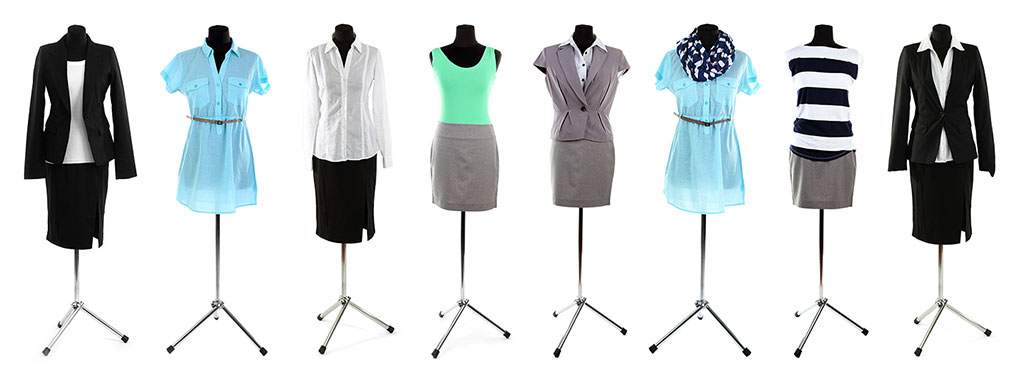How to Get the Most Money for Your Clothes
Last updated June 2021
Still, don’t expect to auction off your spaghetti sauce-stained Old Navy sweatpants at a profit. There are general rules about what sells well (or is even accepted) at secondhand brokers (see below). And even if all of your former fashions are consigned and sold, you’re still looking at a small percentage of return on your initial investment. Much like a new car, that new Rag & Bone jacket starts to depreciate the moment you carry it out of the store. Here are some tips on getting the most money and the easiest experience from consigning clothing.

Brands matter.
You probably look for your favorite labels when you shop online or in person, and so do consignment stores. Recognizable designers or store brands simply sell more often or quicker, whether that’s a Dior ballgown or a Madewell button-down. Many retailers list their favored brands on their websites. That doesn’t mean a shop, at least a brick-and-mortar one, won’t take a fabulous piece by a little-known maker; there’s always room for an out-of-this-world sequined cocktail dress or feathered handbag.
Keep it clean and current.
Clothing that’s worn, out of style (think something you’ve had five years or more), or damaged in any way probably won’t make the cut at a consignment store. You’ll up your chance of garments being accepted and sold if you bring or send them in freshly washed or dry-cleaned and ironed, too.
Seasonal shift.
Most consignment stores take only clothing and accessories from the current season (sweaters and boots in the fall, sundresses and sandals come summer). If you sell with an online marketplace, you might have more wiggle room. But just like you probably wouldn’t hunt for a cashmere cardigan in July, you probably won’t sell one quickly then either.
Don’t get insulted.
Yeah, we know you paid a lot for that fur-trimmed ball gown from Fifi of Paris. But if a store or site doesn’t think it can sell an item, it won’t take it on. Don’t consider it anything other than business; it’s not a judgment on your taste.

For online sales, styling matters.
If you’ve dropped your old fashions at a physical consignment store, staffers will merchandise them for you, perhaps dangling necklaces from a cool rack or popping your old Theory dress on a mannequin. The same goes for full-service consignment shops such as The Real Real, and ThredUp, which will photograph items on a white background or a dress form.
But if you choose to go with a DIY spot like Poshmark, Vinted, or even eBay, you’ll get more eyes (and dollars) for a well-composed photo. Some sellers lay out their merchandise like they are shooting a Nordstrom catalog (e.g., a few well-placed succulent plants as an accent), others wear their pieces fashion-blogger-style, while still others nab the original photos from a given designer piece (you’d be surprised what you can find in Google Images). Either way, a good picture of a designer dress is going to attract more attention than a shot of the same frock that’s sad, wrinkled up, and drooping from a wire hanger.
Online, make sure the price is right.
Look at how other items from the same brand or designer are priced (some sites let you view sold items, a great way to determine a realistic price), and keep your listing in the ballpark. Some sites (Poshmark, eBay) have tools that help you determine a fair or quick-to-sell amount. You can always start at the high end of the range and lower your rate later.
It’s going to take a little time.
Consignment stores generally offer items for sale for three months or so, sometimes marking them down over the course of time. If something doesn’t sell, it’s usually donated to charity after those three months, and you probably won’t get a receipt. But you can ask about this before choosing a shop, and you may find that a few will give you receipts or your items back.
Online you either keep your items until they are sold (Poshmark, eBay) or, after a set amount of time, can request items be shipped back to you (often at your own expense). For instance, TheRealReal will, at your request, return unsold merchandise to you after 180 days. If you don’t want items back, they are usually donated to charity.


